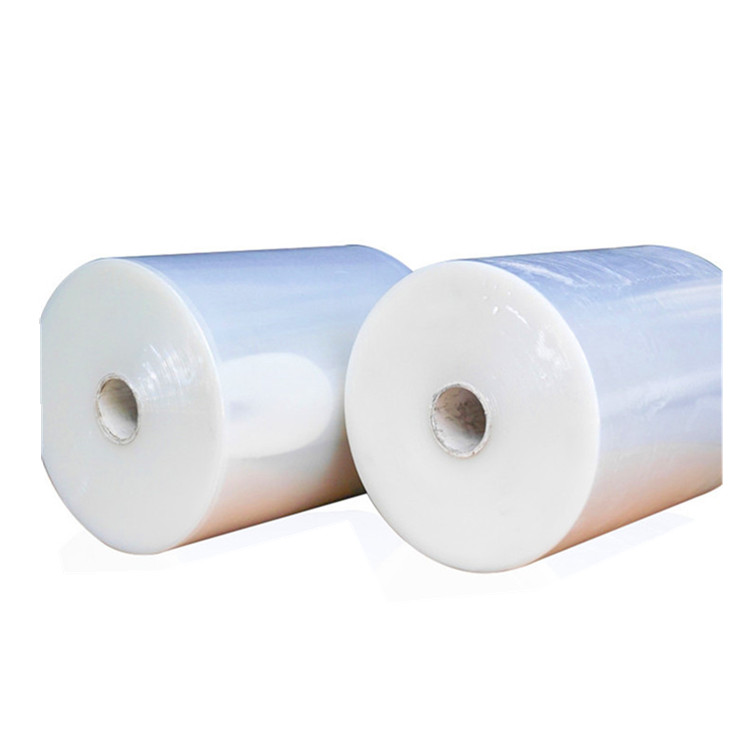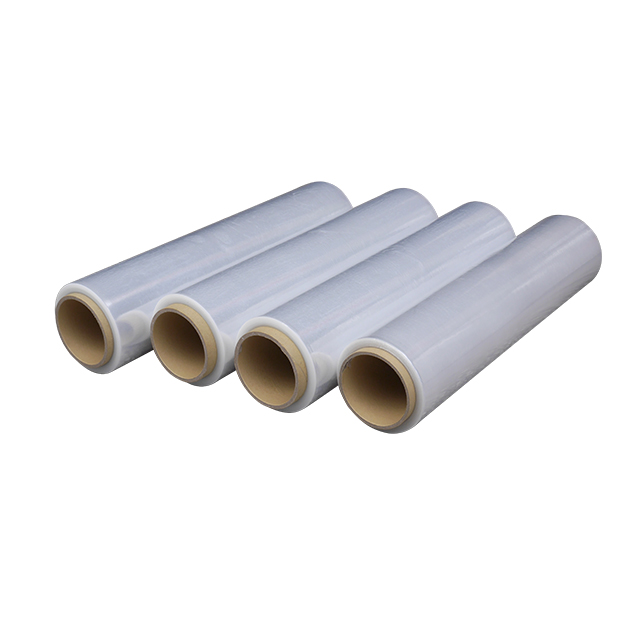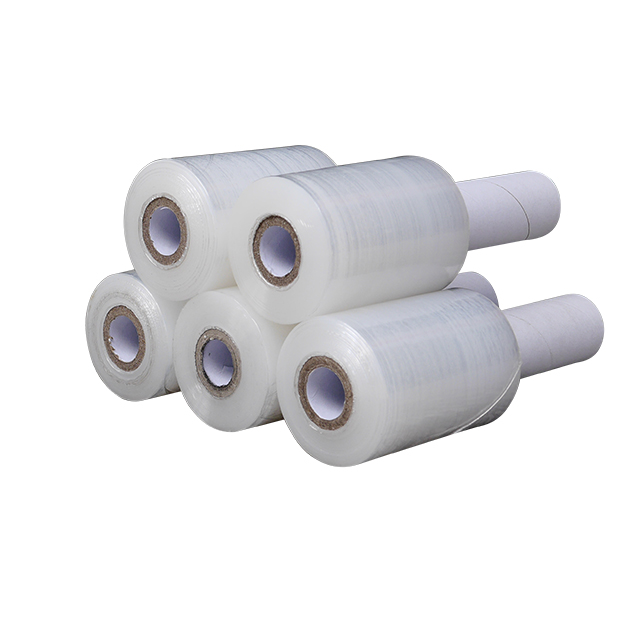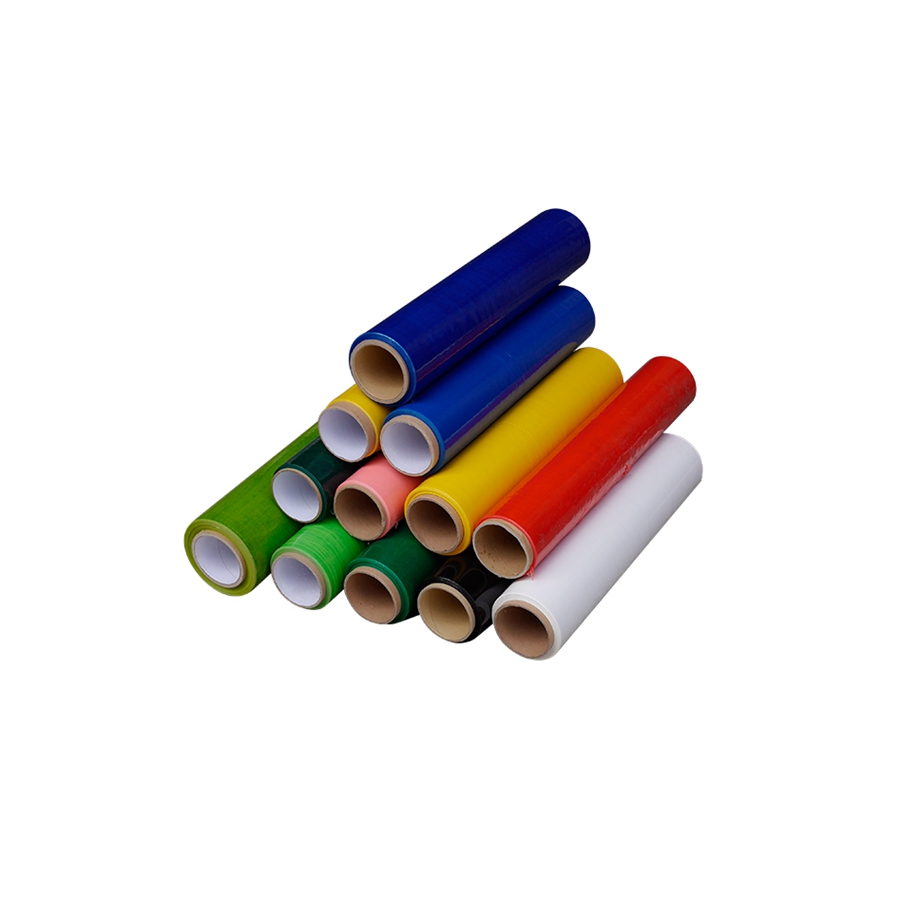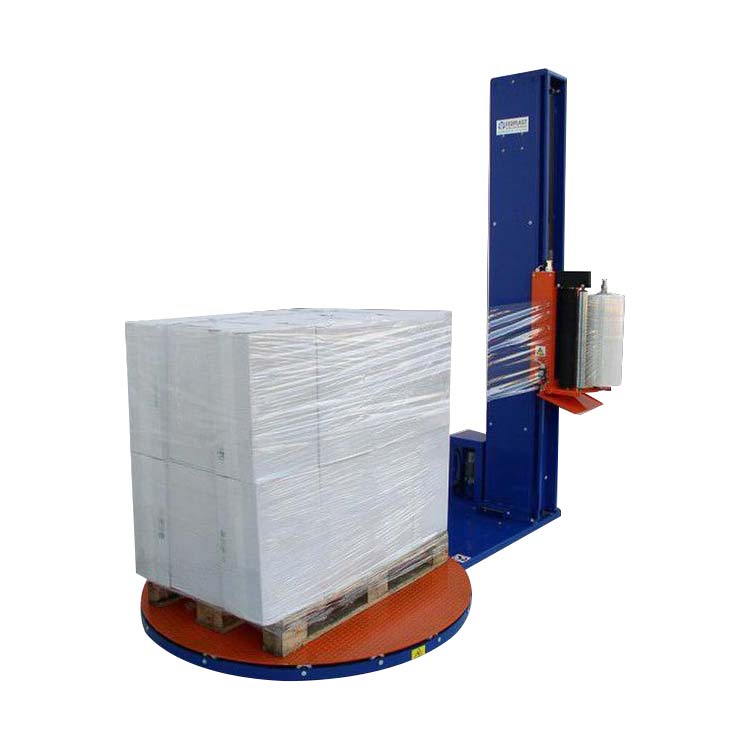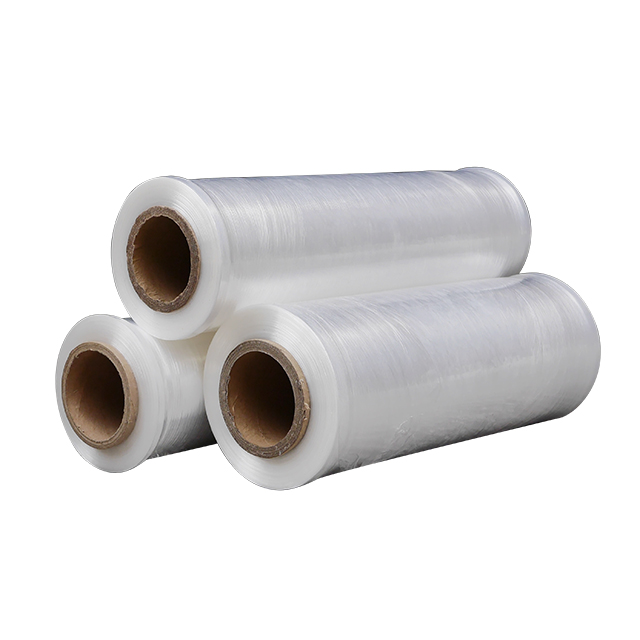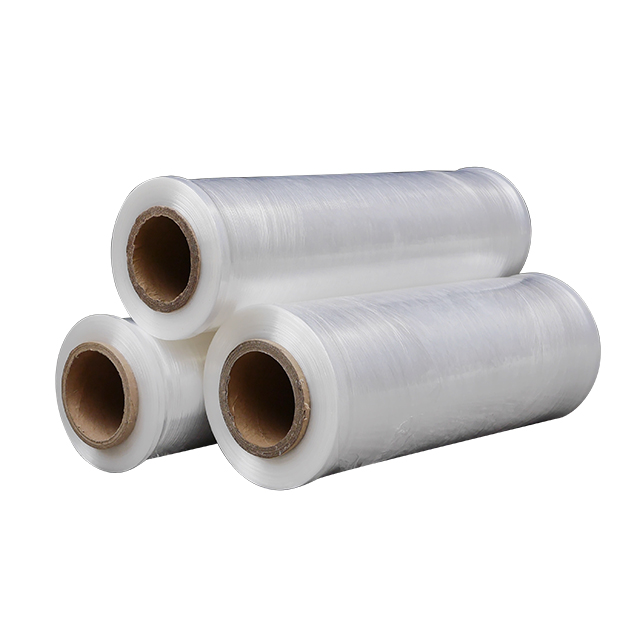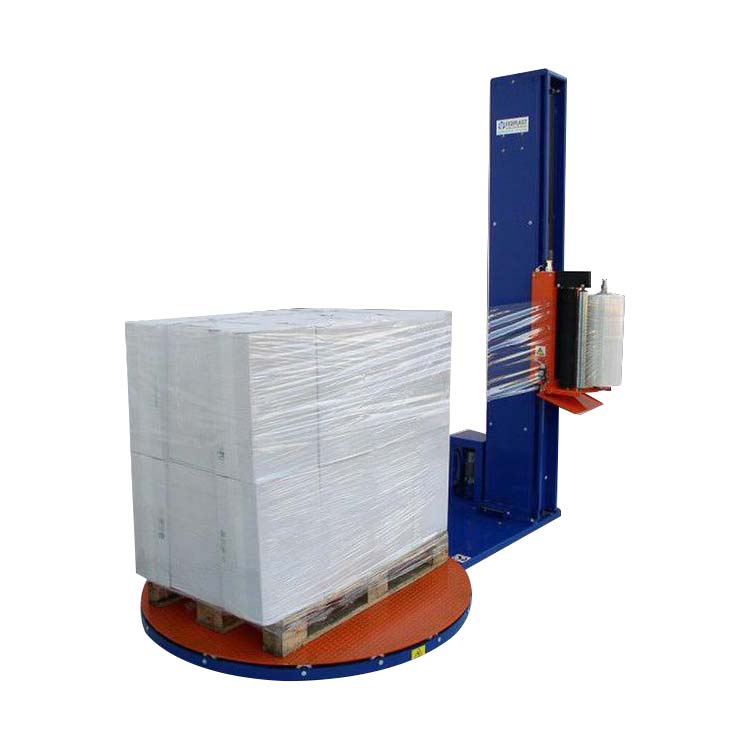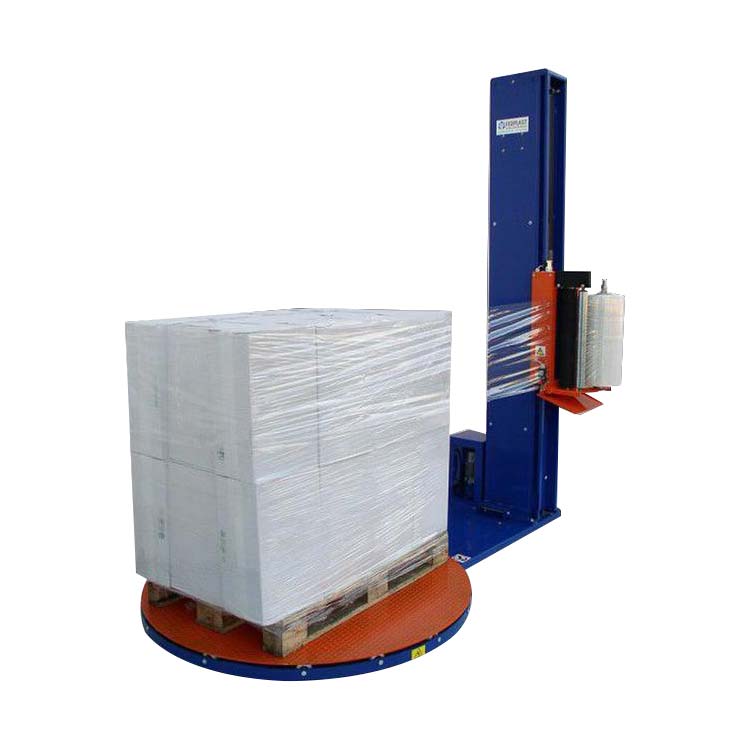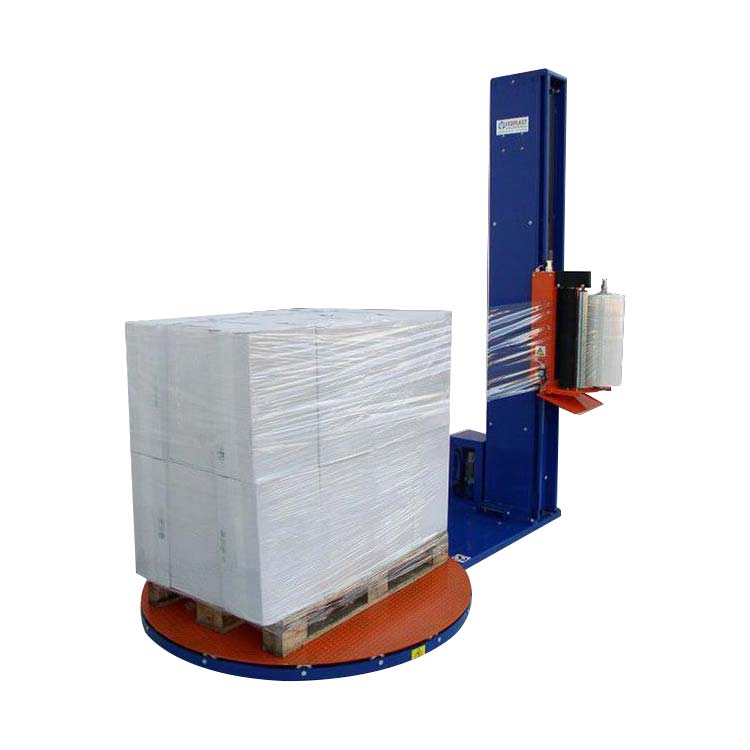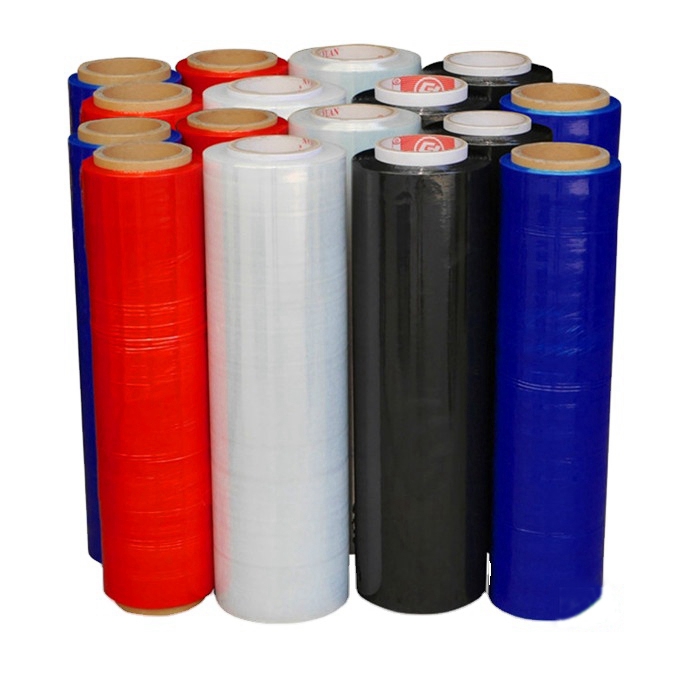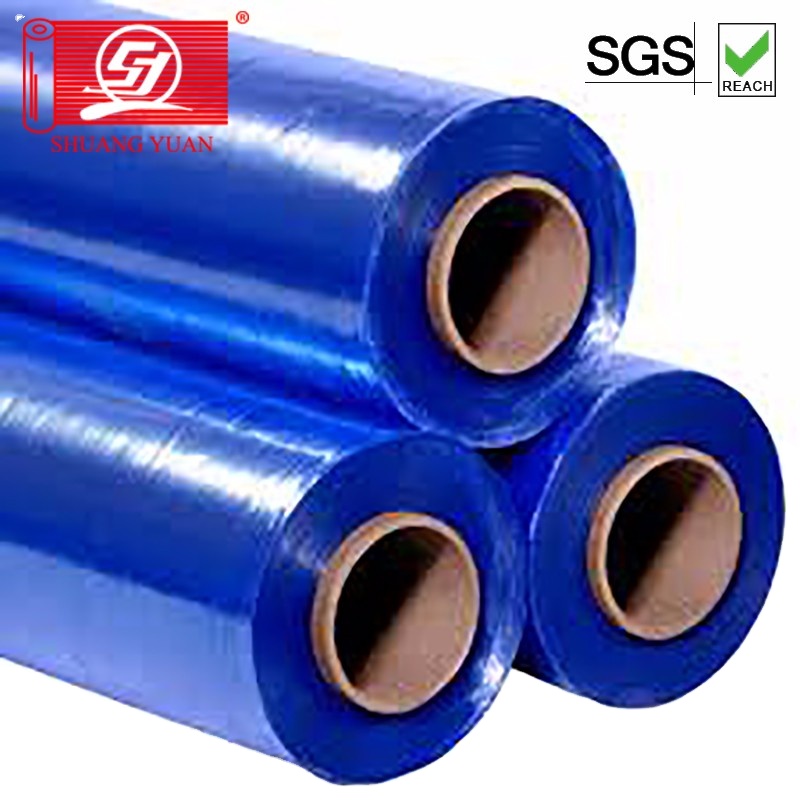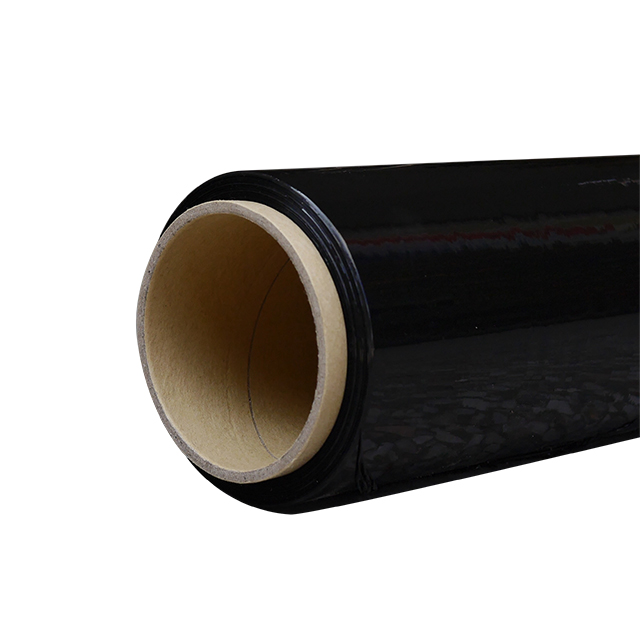How to Solve the Tensile Strength Difference of Stretch Winding Film
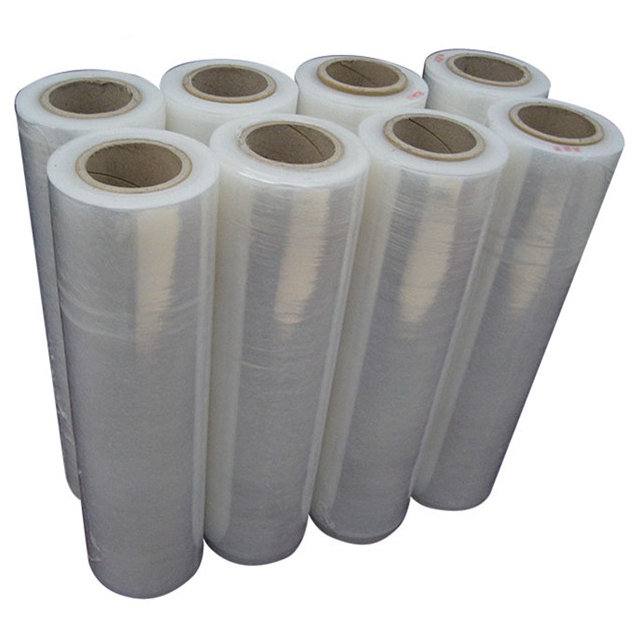
Stretch winding film is widely used in the packaging of various items. The winding packaging of items can make hard products close and soft products tight. But now the products on the market are mixed, and many of them are substandard. So what is the reason for the poor tensile strength of the stretch winding film? How should we solve it?
Reasons for poor tensile strength of stretch winding film
1. The heating plate does not add enough heat.
2. When the heating temperature is mismatched and excessively high, the film will stick to the heat sealing plate, increase the haze of the winding film, and the stretch forming will appear locally thin. When the heating temperature is too low, the heating temperature of the winding film is too low to reach the stretching temperature of the film, and more cracks will occur after stretching.
3. The extrusion depth is too deep.
Solution to poor tensile strength of stretch winding film
If the temperature of the melt resin is too high, the longitudinal tensile strength of the winding film will decrease; The traction speed is slow, and the longitudinal orientation of the winding film is not enough, so that the longitudinal tensile strength becomes poor; If the blowing expansion ratio is too large, it will not match with the traction ratio, which will increase the transverse directional action and tensile strength of the winding film, while the longitudinal tensile strength will become worse; The cooling speed of membrane is too fast.
The winding film can meet the diversified protection requirements of commodities and significantly improve the shelf life of commodities. Various winding film functional materials can not only meet the barrier requirements of water vapor, gas, grease, organic solvent and other substances, but also meet the requirements of rust prevention, corrosion prevention, electromagnetic radiation prevention, static electricity prevention, chemical resistance, and sterile preservation, non-toxic and pollution-free.
Because the materials are light and soft, easy to fold and bundle, the recovery, treatment and transportation of flexible packaging waste materials are quite convenient, and there are many waste treatment methods.
According to the nature of waste materials, landfill, incineration, decomposition, regeneration and other methods can be adopted respectively.

